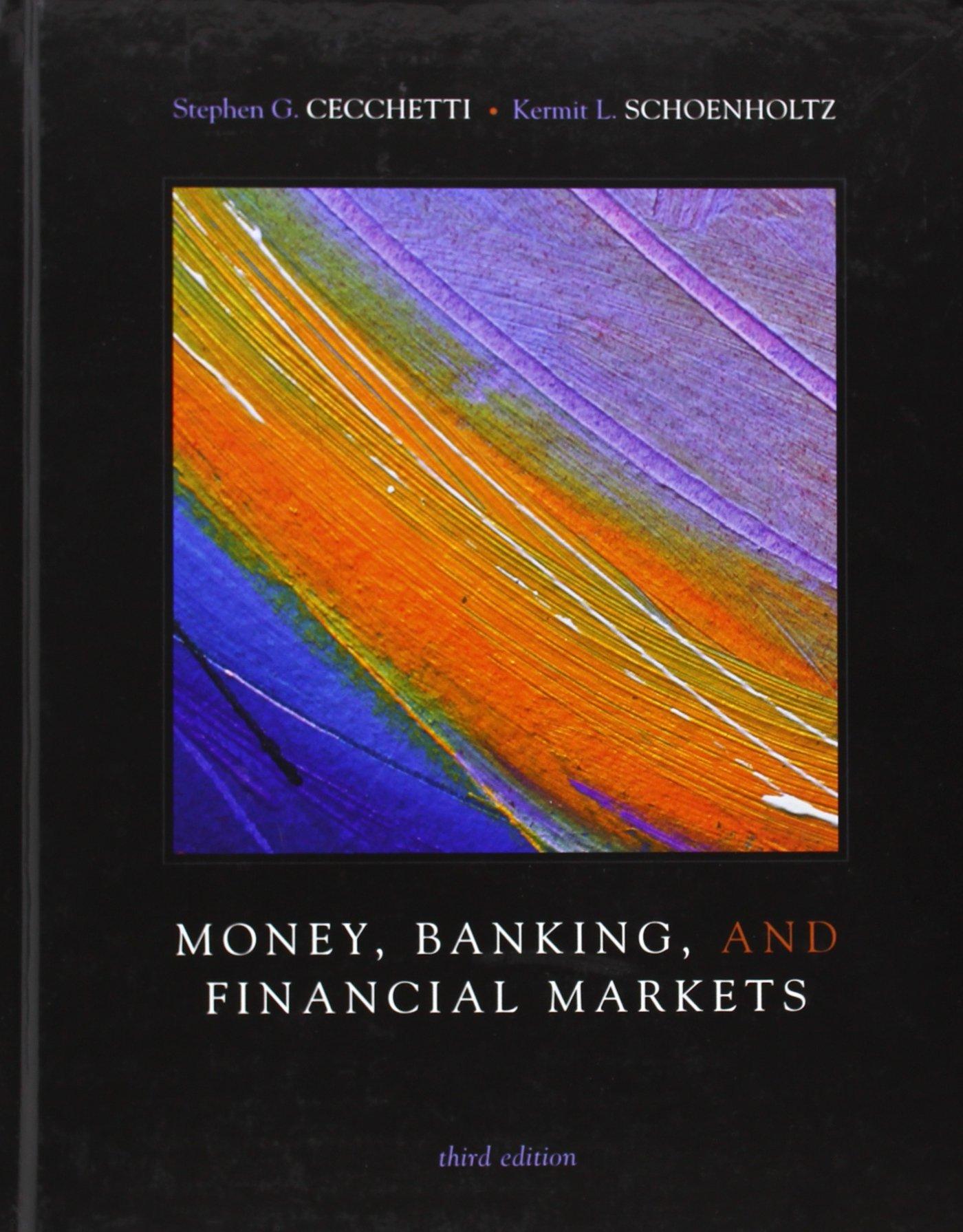Question
The USA stock market contains huge numbers of stocks being traded. For simplicity, the following assumptions are made: A1. The companies (stocks) are identical in
The USA stock market contains huge numbers of stocks being traded. For simplicity, the following assumptions are made:
A1. The companies (stocks) are identical in all aspects, except that the annual returns of the stocks are independent and identically distributed random variables.
A2. There are only 2 possible outcomes of the annual returns: 20% and -20%. The associated probabilities are 0.7 for the 20%, and 0.3 for the -20%. In other words, the annual returns of the stocks are independent Binomial random variables.
Answer the following questions:
a. (4%) What are the expected annual returns of each stock, i.e., E(r)?
b. (4%) What is the variance of the annual returns of each stock, i.e. Var(r)?
c. (6%) A 50-stock portfolio is formed by equally weighting 50 stocks randomly picked from the market in any year (i.e., the dollar amount of each stock inside the portfolio is the same). What are the expected returns of this portfolio, i.e., E(Rp)? What is the variance of the portfolio returns, i.e., Var(Rp)? Other things being equal, is it better to invest in a single stock or the portfolio formed by 50 stocks, why?
d. (10%) What is the distribution of returns by the 50-stock portfolios and state the reasoning? (Hint: think about you can form many different 50-stock portfolios by choosing different set of 50 stocks.) An analyst randomly picks one investment fund that randomly selects 50 stocks and forms the portfolio. The portfolio returns are observed to be 5.5%. The analyst would like to test for whether E(Rp) is indeed equal to 0%. Please help the analyst to design the core steps/assumptions/equations for conducting this test and draw the conclusion. (Assume 95% level of confidence for the test.)
e. (6%) The analyst now wants to estimate the expected returns, i.e., E(Rp), of a 50-stock portfolio. The analyst collects the past 11 years of returns by the portfolio. The following are the portfolio returns:
5.5% -1.8% 5.5% 9.1% 5.5% 9.1% -5.5% 9.1% 9.1% 9.1% 1.8%
What are the mean, median and mode returns of this portfolio?
f. (4%) The analyst randomly picks another 50-stock portfolio invested in German and its past 11 years of returns are:
9.1% 5.5% 5.5% 9.1% 12.7% 5.5% 9.1% -5.5% 12.7% 9.1% 12.7%
Given that the mean and standard deviation of this German portfolio returns are 7.8% and 5.2%, design the hypothesis test for whether the two portfolios (from the USA and German) are having equal population mean returns. (Assume a = 5% significance level for the test.)
Step by Step Solution
There are 3 Steps involved in it
Step: 1

Get Instant Access to Expert-Tailored Solutions
See step-by-step solutions with expert insights and AI powered tools for academic success
Step: 2

Step: 3

Ace Your Homework with AI
Get the answers you need in no time with our AI-driven, step-by-step assistance
Get Started


